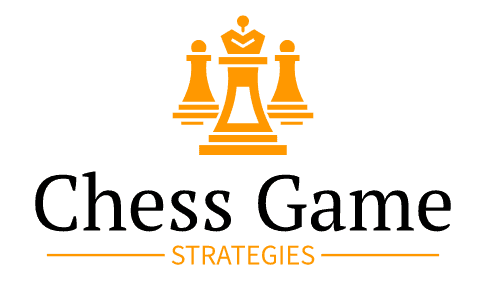
Types of Chess Openings
This guide distinguishes between the following, different Opening options:
Opening moves vs. Defence moves in the Opening phase; King Pawn Openings; Queen Pawn Openings; Flank Openings; Gambit Openings; and Irregular Openings.
King Pawn Openings
This group of Chess Openings are characterized by the advance of White King’s Pawn (the Pawn standing in front of the White King) to the e4 square (1. e4).
While the move 1. e3 is made by White’s King Pawn, it’s not a common move, due to being weaker, and so it’s filed under the so-called Irregular Chess Openings (see below).
Queen Pawn Openings
This group of Chess Openings are characterized by the advance of White Queen’s Pawn to the d4 square (1. d4).
Like with 1. e3, the 1. d3 Queen Pawn Opening is also a weaker and less common Opening, thus is grouped with the Irregular Chess Openings.
Flank Openings
This group of Chess Openings are characterized by any first move, by White, that doesn’t feature either the King Pawn or Queen Pawn.
White’s Pawns on Files a to c, on the Queenside; f to h, on the Kingside; plus either of the two Knights, are all candidates for Flank Openings.
To learn more about Flank, click here.
Gambit Openings

The aim of a Gambit is to offer up material – usually a Pawn – as sacrificial “bait “.
Gambits can either be Accepted or Declined.
The result of an Accepted Gambit is the opponent – the one who “takes the bait” – gets a free capture …
The Gambit “setter” – the one who offered the sacrificial Pawn or Piece – gets to snatch a lead in development.
If you’ve been offered a Gambit, you need to weigh up whether a gain in material is a greater advantage than a lead in development.
When an opponent follows a Gambit with a Gambit of their own, they’re known as “Countergambits “.
Gambits can occur from any of the types of Chess Openings, whether following King Pawn Openings, Queen Pawn Openings, Flank Openings, or one of the Irregular Openings, respectively.
Irregular Openings
This group of Chess Openings are characterized by first moves which are unusual or rare.
Their lack of popularity is mostly likely because they provide less potential advantages than the more common King Pawn, Queen Pawn, and Flank Openings, respectively.
The following are all Irregular Openings:
- 1. a3
- 1. a4
- 1. b4
- 1. c3
- 1. d3
- 1. e3
- 1. f3
- 1. g4
- 1. h3
- 1. h4
- 1. Na3
- 1. Nc3
- 1. Nh3









